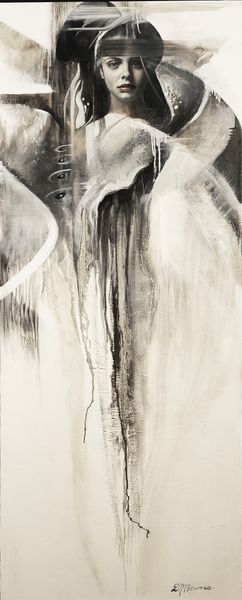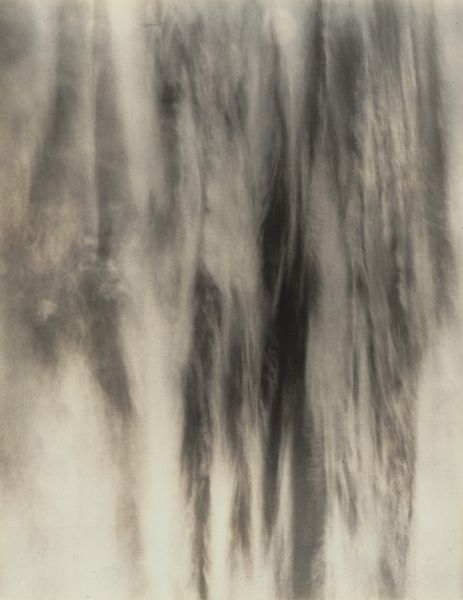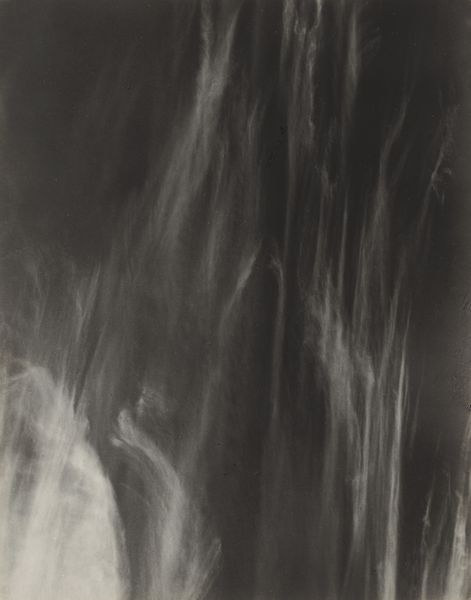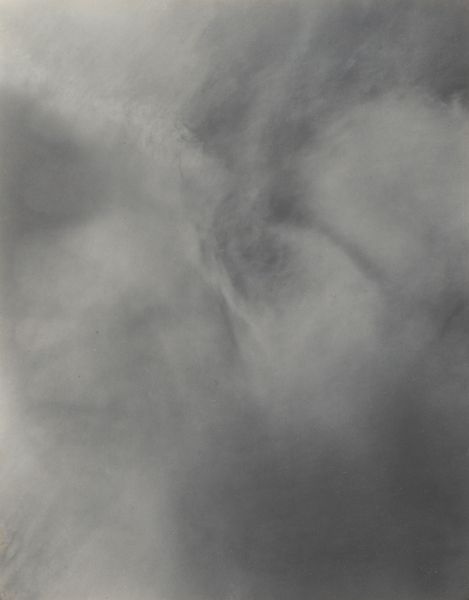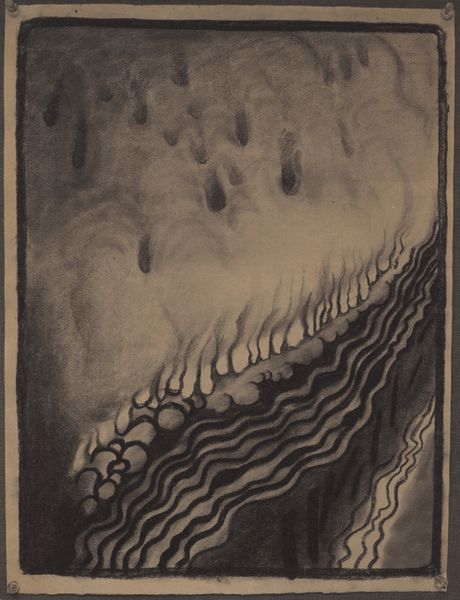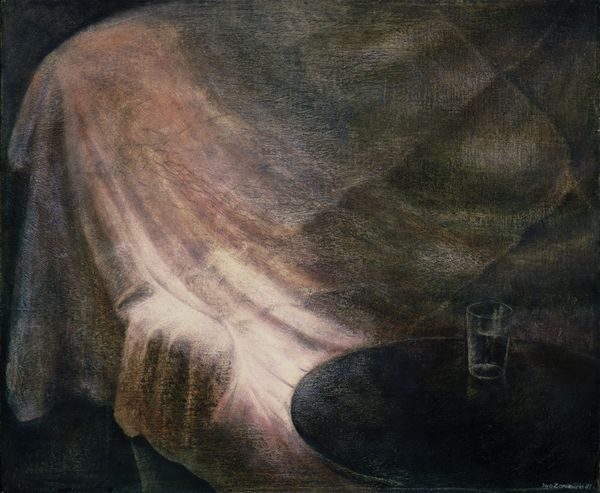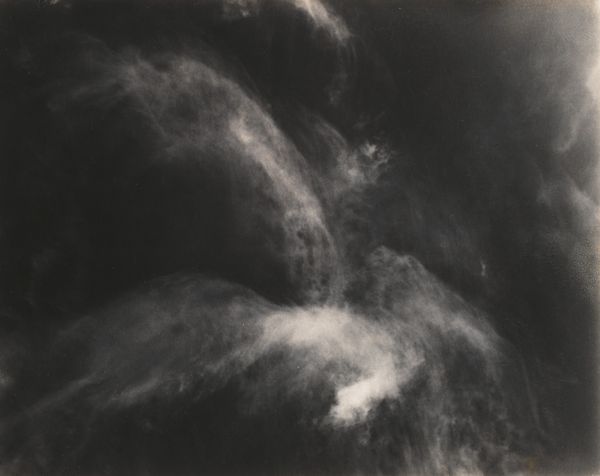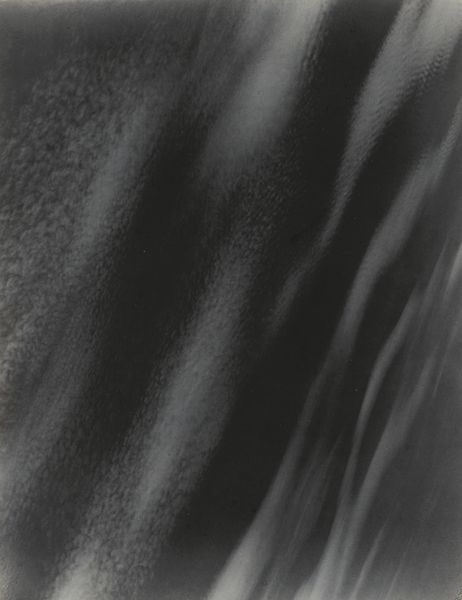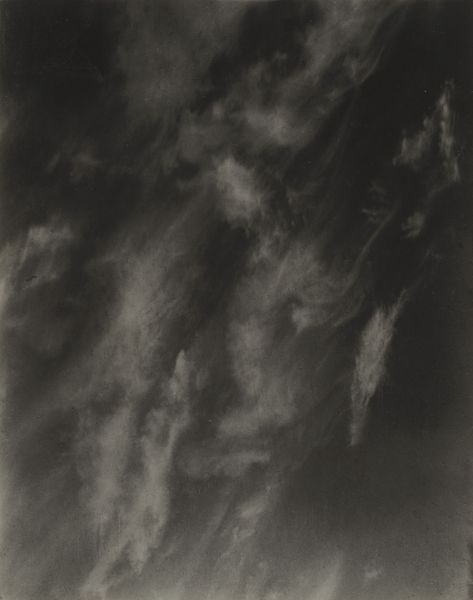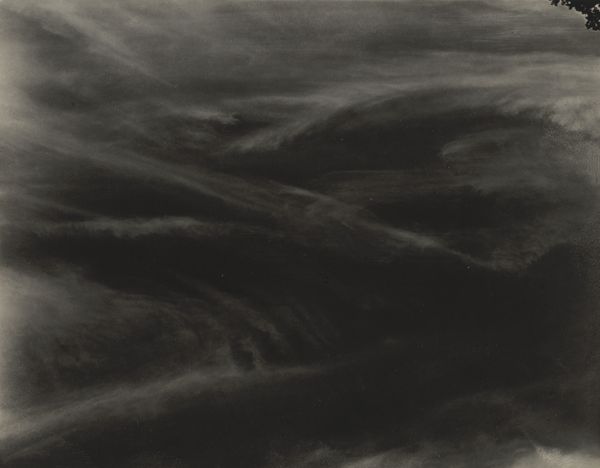
photography, gelatin-silver-print, charcoal
#
still-life-photography
#
charcoal drawing
#
photography
#
geometric
#
gelatin-silver-print
#
abstraction
#
symbolism
#
charcoal
#
charcoal
#
modernism
Dimensions: image: 23 x 19.1 cm (9 1/16 x 7 1/2 in.) sheet: 25.2 x 20.1 cm (9 15/16 x 7 15/16 in.) mat: 52.1 x 41.3 cm (20 1/2 x 16 1/4 in.)
Copyright: National Gallery of Art: CC0 1.0
Editor: This gelatin-silver print is called *Interpretation*, made by Alfred Stieglitz in 1919. It's such an intriguing composition of light and shadow. What strikes me most is how…ambiguous it is. What do you see in this piece? Curator: For me, *Interpretation* embodies the modernist quest for abstraction while simultaneously provoking dialogue about the female form and representation in art. Stieglitz, through his lens, both obscures and reveals. This was made at a key moment for the burgeoning feminist movement. How do you think the intersecting concepts of identity and gender come into play here, given the photograph’s suggestive nature and Stieglitz’s relationship with Georgia O'Keeffe? Editor: Well, it’s hard to ignore the possible sexual interpretations. Is that what he was aiming for, or were viewers projecting their own ideas about sexuality onto the image? Curator: Precisely! The power lies in that ambiguity. It reflects a broader societal shift towards more open discussions of sexuality, especially regarding the female experience. But considering Stieglitz’s male gaze, is it truly a celebration, or does it further objectify women by reducing them to mere forms? It begs the question of who controls the narrative and whose perspective dominates. Editor: So, it's not just about the shapes and shadows, but about the cultural context that shaped how we see them. I didn’t consider that he was trying to make a cultural statement! Curator: Exactly. Stieglitz’s *Interpretation* operates on multiple levels, prompting us to examine our own preconceptions about art, gender, and the complex interplay between artist, subject, and viewer. Hopefully you’ve got some food for thought for your Art History studies.
Comments
No comments
Be the first to comment and join the conversation on the ultimate creative platform.
